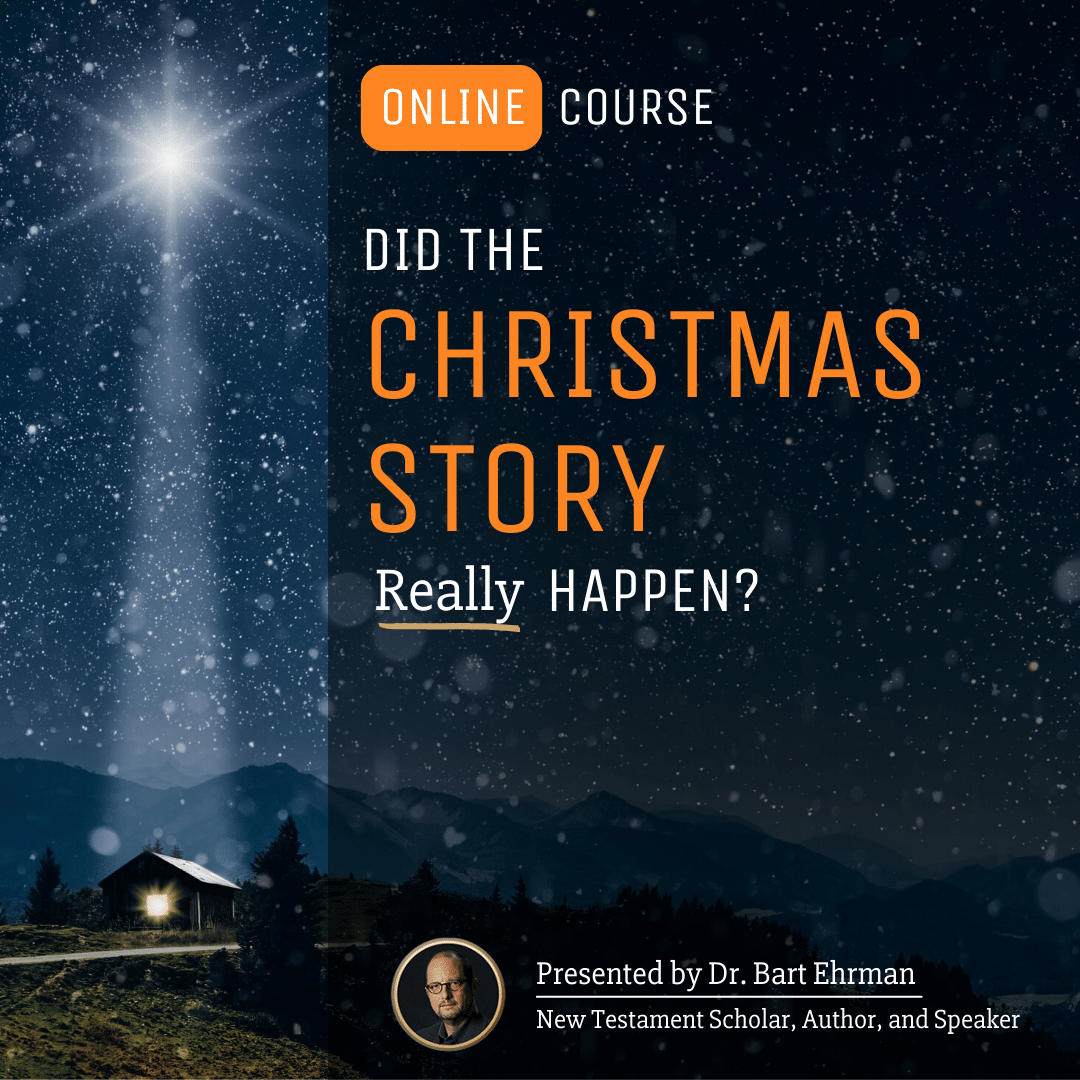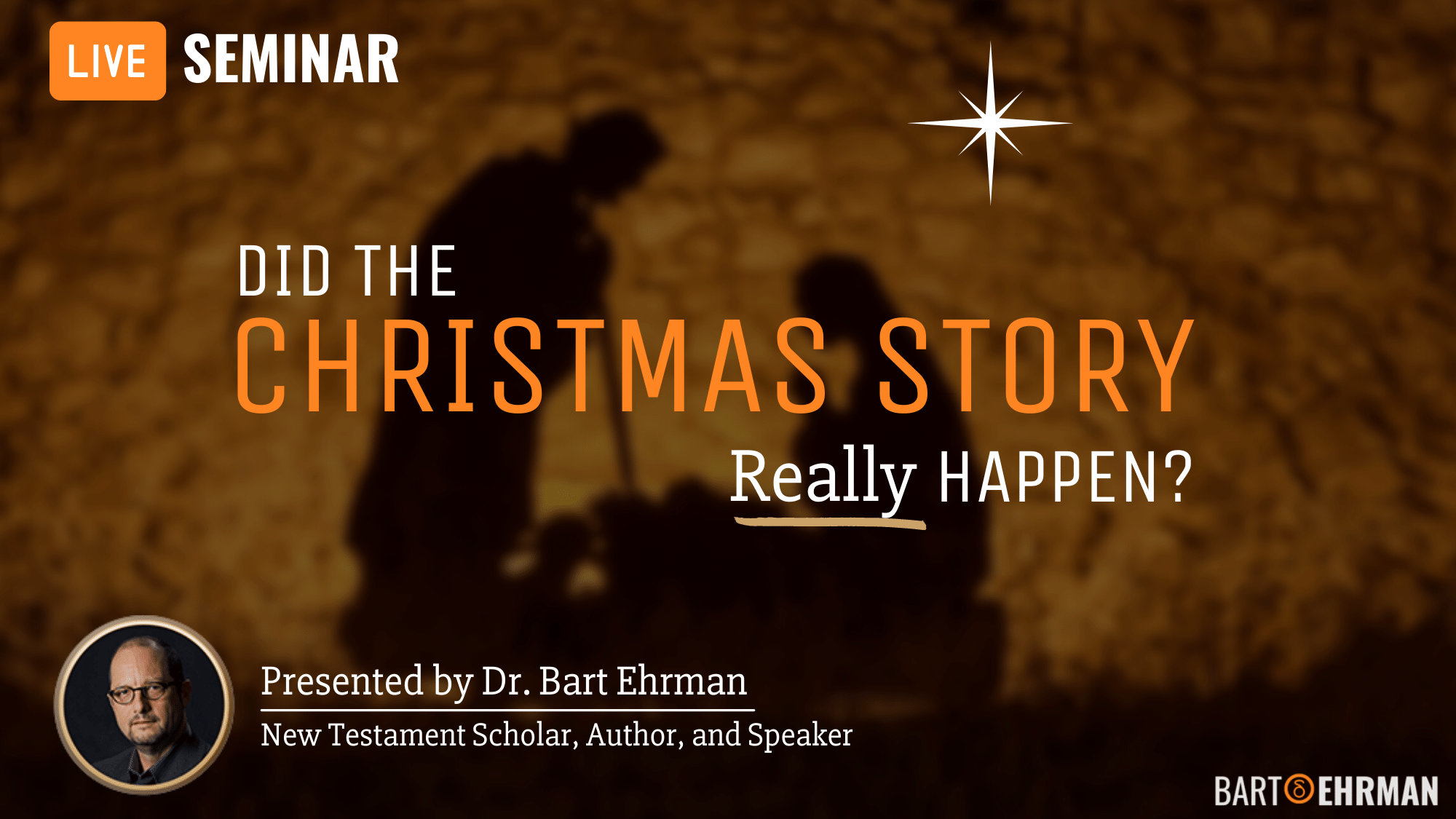Saint Nicholas - What Do We Really Know About the Historical Santa?
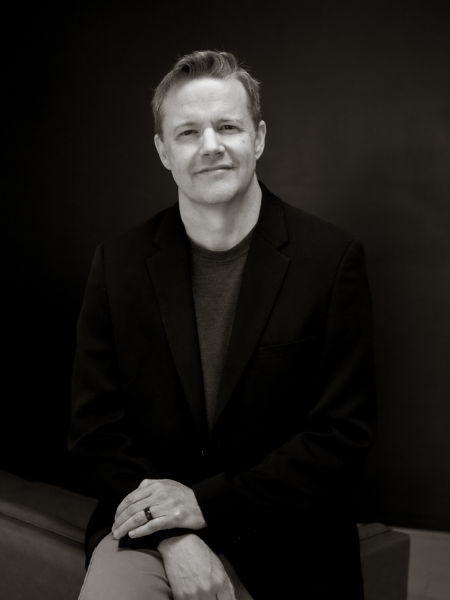
Written by Joshua Schachterle, Ph.D
Author | Professor | Scholar
Author | Professor | BE Contributor
Verified! See our editorial guidelines
Verified! See our guidelines
Date written: December 12th, 2023
Disclaimer: The views and opinions expressed in this article belong to the author and do not necessarily match my own. - Dr. Bart D. Ehrman
‘Tis the season – to talk about the story of St. Nick!
While the red-suited, chimney-descending symbol of Christmas is a fun legend, there was a real St. Nicholas upon whom he was based. What can we know about the historical figure of St. Nicholas? Let’s take a deep dive into this enigmatic figure.
Sources for the Life of St. Nicholas
There is very little information about St. Nicholas, sometimes called Nicholas of Myra. As Adam C. English writes, “Nicholas did not leave sheaves of letters, volumes of theology, collections of poetry, or codices of sermons for posterity’s sake.” In addition, English says that “no contemporary witness testified to Nicholas’ existence or deeds in the historical record.” So what are our sources for the life of Nicholas?
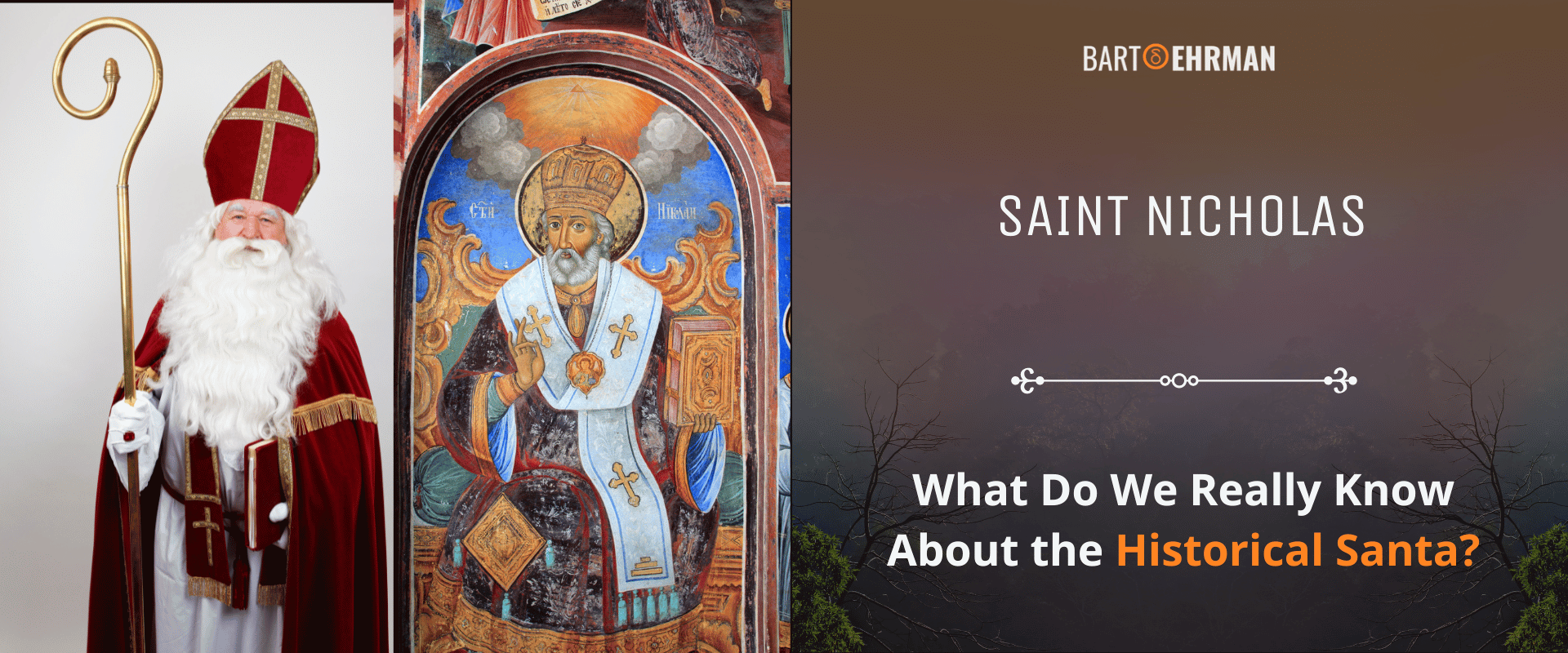
Nicholas was probably born around the year 270 CE and died around the year 343 CE. While we don’t have any sources written about him during his lifetime, we do have some sources written in the centuries after his death. One source tells us that less than two centuries after Nicholas’ death, a church dedicated to him was built in Myra, the city where he was bishop. This demonstrates that by that time, Nicholas had a dedicated following as a patron saint.
In addition, several of the attendance lists from the Council of Nicaea include Nicholas’ name, indicating that not only did he exist but that he participated in this momentous event in Christian history.
The earliest full hagiography (biography of a saint) of Nicholas was written by Michael the Archimandrite, abbot of a monastery in what is now Turkey. It was written around 700 CE, about 350 years after Nicholas’ death. This is not ideal historically, but remember that even Mark, our earliest Gospel, was written four decades after Jesus’ death.
There are other sources much later than Michael’s but for this article, I’ll stick with Michael’s biography as our earliest source, and look at what we can say about its historical value.
Where Were His Birth and Upbringing?
According to Michael, Nicholas was born in the city of Patara in modern-day Turkey. The name Nicholas, by the way, means “victory of the people”. Patara was a bustling port city, very important commercially to the Roman Empire.
Michael writes that because Nicholas was such a holy child, his mother was never able to conceive again after giving birth to him. While he may indeed have been an only child, we can take Michael’s exalted explanation with a grain or two of salt.
Nicholas was born to Christian parents and was baptized as an infant. Infant baptism was common at the time, although not yet a required practice in the Church.
Michael also gives us some legendary information about Nicholas’ infancy. He says, for example, that Nicholas was nursed by his mother but refused milk every Wednesday and Friday, traditional Church fast days. He uses legendary details like this to indicate that Nicholas was an exemplary child who would grow into an exemplary adult.
It may be that Nicholas had spiritual tendencies from an early age and Michael’s story may simply indicate that. After all, since he had Christian parents, it is likely that he was raised in the Church and told the stories and doctrines of Christianity at an early age.
What Happened in Nicholas’ Youth and Early Adulthood?
As Nicholas grew into a young man, Michael writes that “he hated useless pastimes and the bad advice of bad characters and treated them as something harmful to the virtue that reconciles us to Christ.” This paints a picture of a young man who, at a time when young people often get into trouble, remained spiritually-minded.
Michael also writes that Nicholas was well-educated, a fact which places him and his family in the upper echelons of their society since only about 10% of people in his time and place were literate.
Unfortunately, this idyllic childhood was not to last. Nicholas’ parents died when he was around the age of 18. Adam English notes that they were likely killed by a plague that spread through their region of the Roman Empire at that time, an occurrence all too common in the ancient world.
However, unlike many young people in Nicholas’ world, money was not a concern for him, according to Michael:
When his parents departed from this earth to return to the Lord, they left him great wealth in gold and property… Thinking hard about God’s goodness, he asked God that he might dispose of his life and his assets in accordance with His will.
Nicholas could have done anything he wanted with this wealth, but his character wouldn’t permit him to squander it in a hedonistic way. He was determined to find a way to use his wealth for good.
How St. Nicholas Became Associated with Giving
In the ancient Roman Empire, marriage was seen as essential, especially for young women who had very few options for making a living if they were unmarried. However, in order to get married, a young woman had to provide the groom or the groom’s father with a dowry, usually property or money. This meant that if a young woman’s family were poor, her chances of obtaining a marriage were much lower.
In his hometown of Patara, Nicholas came across a man with three daughters. The man was in desperate straits financially and was thus planning to sell all three of his daughters into prostitution since he had nothing with which to pay a dowry.
This situation seems to have provided the answer to Nicholas’ prayers about what to do with his wealth. Michael writes that
acting with caution, [Nicholas] gathered in a cloth a sufficient sum of gold coins which he secretly threw through the window of the man’s house, and quickly returned to his home. When daylight came, the man got up from bed and found in the middle of the house a pile of money. He could not hold back his tears but was overjoyed, amazed and stunned. He gave thanks to God but also tried to understand the meaning of this good fortune. Deciding to accept the gift as if it had been given by God, the father of the girls took the serendipitously found gold and noticed that the sum corresponded to the amount of money needed for a dowry. Without delay he adorned the bridal chamber of his eldest daughter. And so his life once again became good, full of joy and peace of mind, thanks to the intervention of the holy Nicholas, who had created a way for his daughter to marry.
Nicholas performed this act twice more, one for each of the man’s daughters who then also attained good marriages. The third time, the father stayed awake and caught Nicholas, showering him with heartfelt gratitude.
This story is likely where the legend of Santa Claus originated. A generous man quietly leaving gifts during the night sure sounds familiar. Moreover, it is historically plausible and may indeed go back to St. Nicholas himself.
Surprise! Nicholas’ Ordination as Bishop
Michael goes on to say that from that day forward, the spiritually inclined Nicholas went around performing good deeds with his money and spending long hours in prayer. At this time, around 295 CE, Nicholas heard that the bishop of the nearby town of Myra had passed away. He traveled there, intending to pay his respects.
It turns out, though, that no one wanted to replace the bishop. Christianity, at that point, was not legal in the Roman Empire. The emperor Diocletian had declared this and in some areas of the empire, scriptures and churches were destroyed and Christians imprisoned, tortured, and killed. This did not make the job of bishop attractive.
A group of local bishops gathered together to pray and ask for divine guidance in finding a new bishop of Myra. Michael writes that one of them received a vision telling them to ordain as bishop the next man who walked into the church. Guess who it was?
Michael narrates it this way:
In the early hours of the morning the great Nicholas was sent by God and was the first to cross the threshold of the church. Taking hold of him, the bishop asked, “Son, what’s your name?” His simple voice and mild response was heard by all: “Sir, I am the sinner Nicholas, a servant of your Excellency.” Upon hearing this, they were stunned by the humility of such a just man. The bishop said, “Son, come with me, I must explain something to you.”
Nicholas, at the age of 30 or 35, was then ordained and installed as bishop of Myra. This was a position with a heavy responsibility and, as I mentioned before, a great personal risk.
Nicholas is Arrested
As if to illustrate the burden Nicholas had taken on, soon after his ordination he was arrested for being a Christian. Religious leaders were principally targeted as a matter of policy during the Diocletian persecution.
Unwilling to renounce his faith or hand over his church’s copy of the Scriptures to be burned, Nicholas was tortured. He survived but probably bore the scars, physical and mental, for the rest of his life.
After his release, Michael says that “when the oppressions of the persecution happened, a cloud of sorrow fell on many, and they came into [Nicholas’] presence to get help.” In this role, he comforted those who had lost family members and those, like himself, who had been tortured.
Eventually, Constantine, the first Christian emperor, ended the persecution.
Saint Nicholas’ Attendance of the Council of Nicaea
Although Christians were no longer in mortal danger for their faith, there was still no broad agreement among them in terms of doctrine. Many factions of Christianity still existed and controversies between them raged with no ultimate authority to distinguish orthodoxy from heresy.
Emperor Constantine decided that this had to change. Accordingly, he convened a large number of bishops in the city of Nicaea in modern-day Turkey to discuss and unify areas of Christian doctrine and practice.
Some of our sources say that Nicholas attended the council. We have lists of attendees that include his name. Unfortunately, we have other lists that do not. In other words, it is impossible to know for certain whether he attended. However, since he lived in the general region and was a bishop, it is entirely plausible that he was there.
We’ll save the discussion of all that happened at the council for another article. However, there is a well-known story about Nicholas at the council that we should talk about.
One of the main controversies involved a priest named Arius. Arius thought that Jesus, since he had been created by God the Father, was subordinate to God rather than equal to him. Many agreed with him, but the council itself decided against his doctrine.
Accordingly, there is a story that Arius made a big speech in front of the council during which Nicholas, unable to restrain himself, walked up to him and slapped him in front of everyone.
While there is no way to be sure, this story probably never happened. Why? The Council of Nicaea was only for bishops. To be fair, many bishops did bring priests or deacons with them as attendants, but only the bishops themselves were allowed to address the council or to vote. While Nicholas could certainly have been there and participated in the council, Arius, who was only a priest, could only have attended as an assistant to another bishop, not a speaker. Nevertheless, this story has persisted for centuries.
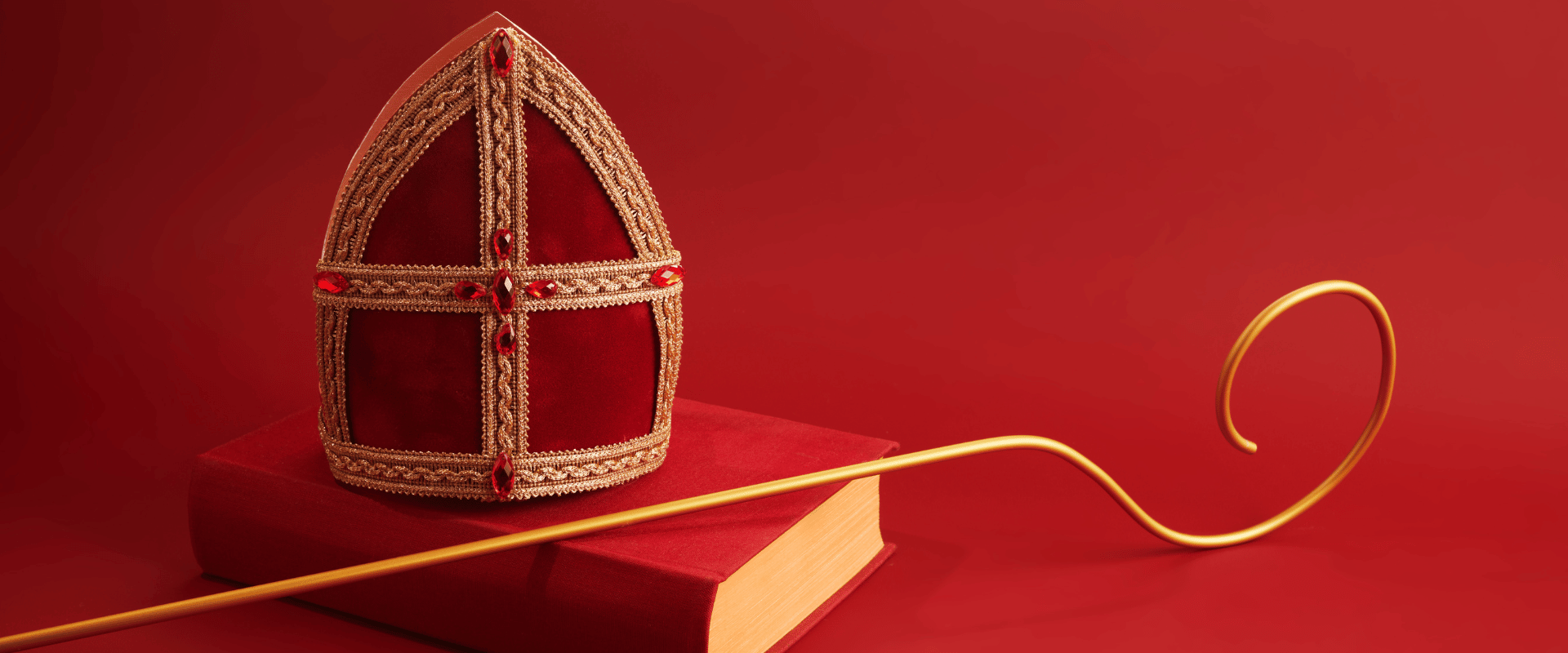
After the Council: Back to Work!
At this point, Nicholas returned to his bishopric in Myra and conducted business as usual. This meant performing liturgies, administering sacraments like the Eucharist, and giving sermons.
In addition, since Constantine’s reign had made Christianity legal, Nicholas worked at getting rid of the local cult of the goddess Artemis. Christians at this point often characterized the Roman gods as demons who needed to be exercised. According to Michael, Nicholas was no exception:
He was so moved by zeal from the heavenly divine Spirit that dwelt within him that his blood began to boil and he ached to exterminate the demons once and for all. Reflecting on the aberrations of the deceptive and idolatrous altars which still existed in the metropolis of Myra and thinking about those who still enjoyed their demonic evils and fed on the most foolish false prophecies, he rose up mightily against these kinds of wickedness.
In fact, Nicholas didn’t confine this work to Myra, but traveled around to surrounding towns preaching about the evils of Roman gods.
Around the year 333 CE, when Nicholas was around 70, he apparently decided to destroy the temple of Artemis in Myra, a very old institution that still had a lot of local support. However, by this time he also had a lot of local Christian support.
Michael says that Nicholas “went himself inside the abominable places of the temple, not only destroying the building and its elements, but shooing away the demons that lurked there.” This would be Nicholas’ last great act.
The Death of St. Nicholas
Having lived as a generous young man, survived torture for his faith, and (probably) attended the famous Council of Nicaea, Nicholas finally passed away in about 343 CE.
Michael says that he was buried in the church at Myra and that he “was cheered by the choirs of angels and joyfully with the multitude of patriarchs began to intercede unceasingly for those who called upon him in the joy of faith, especially for those who were oppressed and found themselves in misfortune and misery.”
In the years to follow, his legend would grow, including numerous stories of fantastic miracles. In the Catholic Church, he is the patron saint of sailors, merchants, archers, repentant thieves, children, brewers, pawnbrokers, and students.
Conclusion: The Real St. Nicholas?
The Real St. Nicholas was an ancient Christian bishop, renowned for his holiness and generosity.
In fact, the modern Santa Claus is probably the result of a story in which Nicholas secretly gave money to a desperate family.
He was arrested and tortured for being a Christian although unlike many others, he survived. Furthermore, he refused to renounce his faith or hand over the Scriptures to be destroyed.
In addition, he probably attended the famous Council of Nicaea. However, despite the entertainment value of the story, it is highly unlikely that Nicholas actually slapped a heretic named Arius at the Council of Nicaea since Arius, as a non-bishop, would not have been invited.

